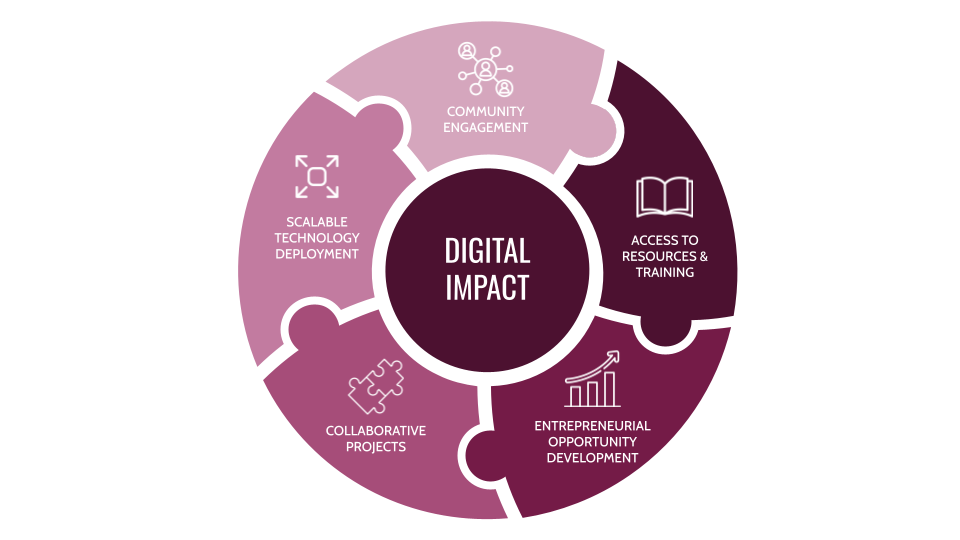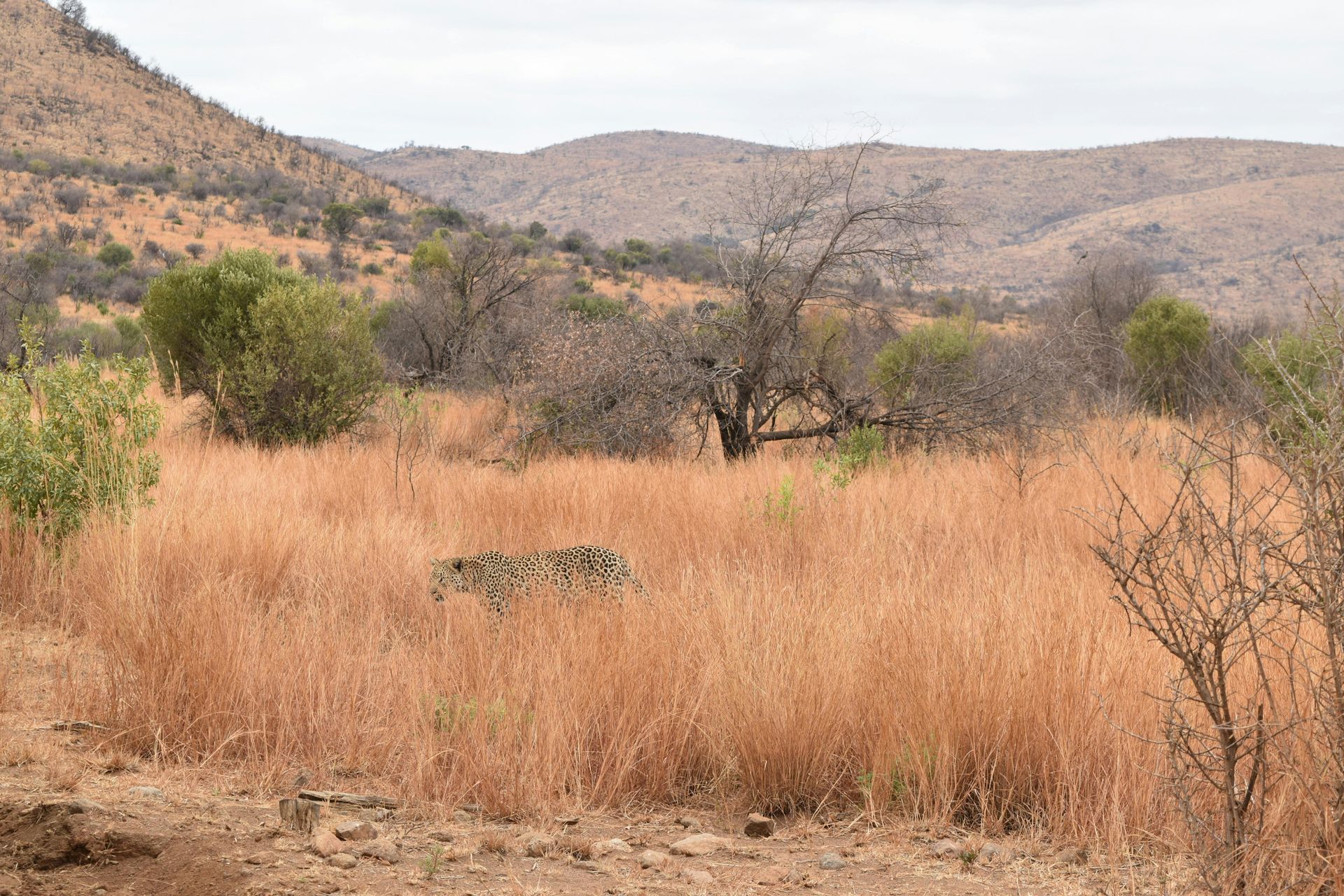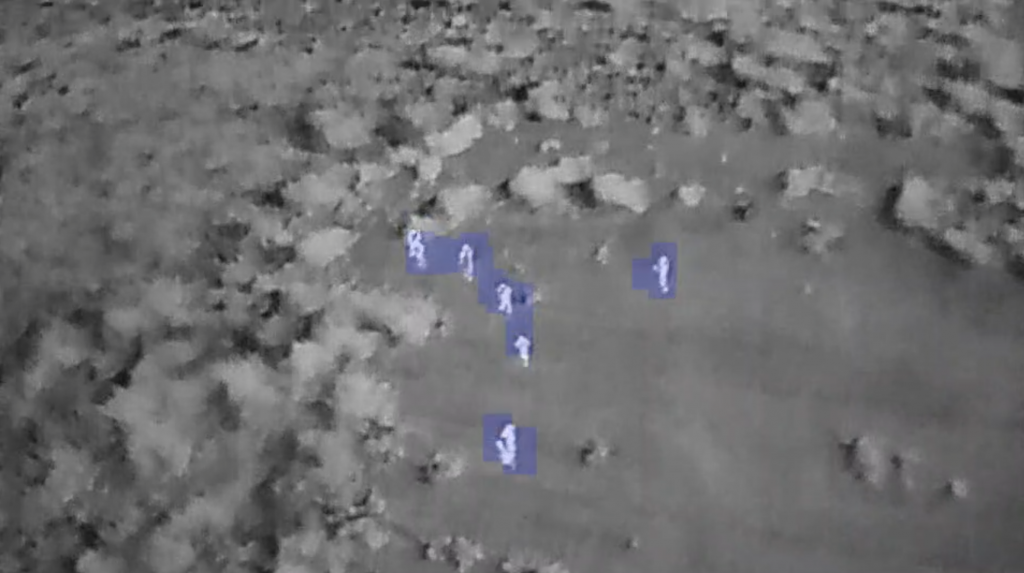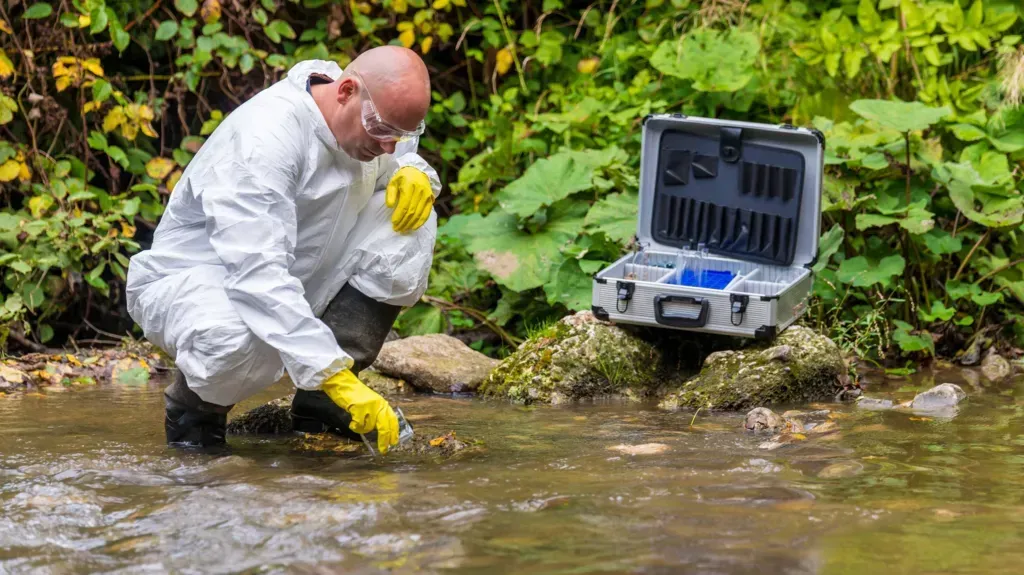Digital Impact: Tech-Driven Conservation Success
At Zanza, we believe conservation success isn’t about a linear progression from one solution to the next but rather a dynamic cycle of interconnected efforts, all working in harmony.
Conservation technology is at the heart of this approach, providing a powerful vehicle for transforming communities and creating sustainable environmental change. The key is that each element—whether it's community engagement, resource access, or entrepreneurial development—reinforces the others, forming a cycle that drives meaningful impact on the ground.

Key Takeaways
- Tech-Driven Conservation: Conservation technology empowers communities by providing tools and training to actively participate in protecting their environments while creating alternative economic opportunities.
- Interconnected Approach: Zanza’s framework emphasizes a cyclical model where community engagement, access to resources, entrepreneurship, and collaboration continuously build upon each other for scalable, sustainable conservation impact.
The Foundation: Community Engagement and Tech Literacy
Every successful conservation initiative starts with the people most directly affected by it. At Zanza, we emphasize building trust and engagement within local communities. This isn’t just about spreading awareness—it’s about empowering people with the skills and tools they need to be active participants in conservation efforts. By focusing on digital literacy and environmental education, we create a foundation where individuals understand the value of biodiversity, and how they can protect it using modern tools.
From teaching basic digital literacy to introducing more advanced environmental monitoring techniques, the goal is to equip communities with a wide range of skills. Whether these skills are applied directly to conservation or lead to other tech-related careers, they provide pathways to economic alternatives that make illegal activities like poaching less attractive.
Empowerment Through Access: Resources and Training
Once community members are engaged, the next step is ensuring they have access to the technology and resources that will enable them to actively participate in conservation. We bring internet connectivity to remote areas, opening up opportunities for communities to learn, share, and collaborate on a global scale.
Access to ICT labs allows local communities to gain hands-on experience with the very tools that will become central to their conservation work. From wildlife tracking apps to advanced data collection and analysis platforms, these resources provide them with the ability to monitor and protect their environment while building valuable tech skills. And as these skills grow, so too does the potential for entrepreneurship, offering a sustainable alternative to activities like poaching.
Entrepreneurial Growth: Creating Conservation Opportunities
Building on the technical and digital skills gained through our initiatives, Zanza encourages the development of local entrepreneurship that aligns with conservation goals. The focus is on creating new, tech-driven business opportunities that not only provide economic benefits but also support and enhance local conservation efforts.
Whether it's the development of eco-tourism services or creating technology solutions for wildlife monitoring, these businesses offer financial incentives to protect rather than exploit natural resources. This economic shift is critical in breaking the cycle of poverty that often leads to poaching, offering long-term, sustainable alternatives.
Collaboration: Tech and Local Knowledge
As communities develop stronger tech and entrepreneurial foundations, we take the next step in scaling impact through collaborative conservation projects. These projects blend local knowledge with advanced technology, creating comprehensive solutions to environmental challenges like habitat degradation, species protection, and ecosystem monitoring.
This stage is where the true power of conservation technology becomes evident. Drones, IoT sensors, and AI-powered platforms enable real-time data collection and analysis, allowing us to track wildlife, monitor habitat health, and react to environmental changes more effectively. This blend of tech and human insight ensures that conservation solutions are as informed as they are innovative.
Sustained Impact: Scalable Tech-Driven Conservation
At Zanza, our goal is not just localized success but a broader, scalable impact that can be replicated and adapted in different regions. The solutions we develop—whether it's a community-driven app for monitoring poaching or a sensor-based system for detecting habitat changes—are designed to be scalable, ensuring their success can be built upon and expanded.
This is the final piece of our conservation technology cycle. By continuously refining, scaling, and sharing our solutions, we ensure that the positive impact created by local communities can extend to broader ecosystems and, eventually, to global conservation efforts. Each part of the cycle reinforces the next, creating a sustainable framework for long-term environmental protection.

A Tech-Powered Conservation Future
The path to meaningful conservation isn’t a simple one, but through technology, we can create dynamic, interconnected solutions that empower people, protect wildlife, and drive lasting change. At Zanza, we’ve built a cycle that emphasizes tech-driven opportunities, economic empowerment, and sustainable environmental outcomes—each reinforcing the other to create a future where both people and nature can thrive.

About The Author
Johann brings two decades of expertise in technology seamlessly interwoven with a passion for conservation and development. His career reflects a drive for the confluence of these ideas through projects across the African continent.
Quicklinks






